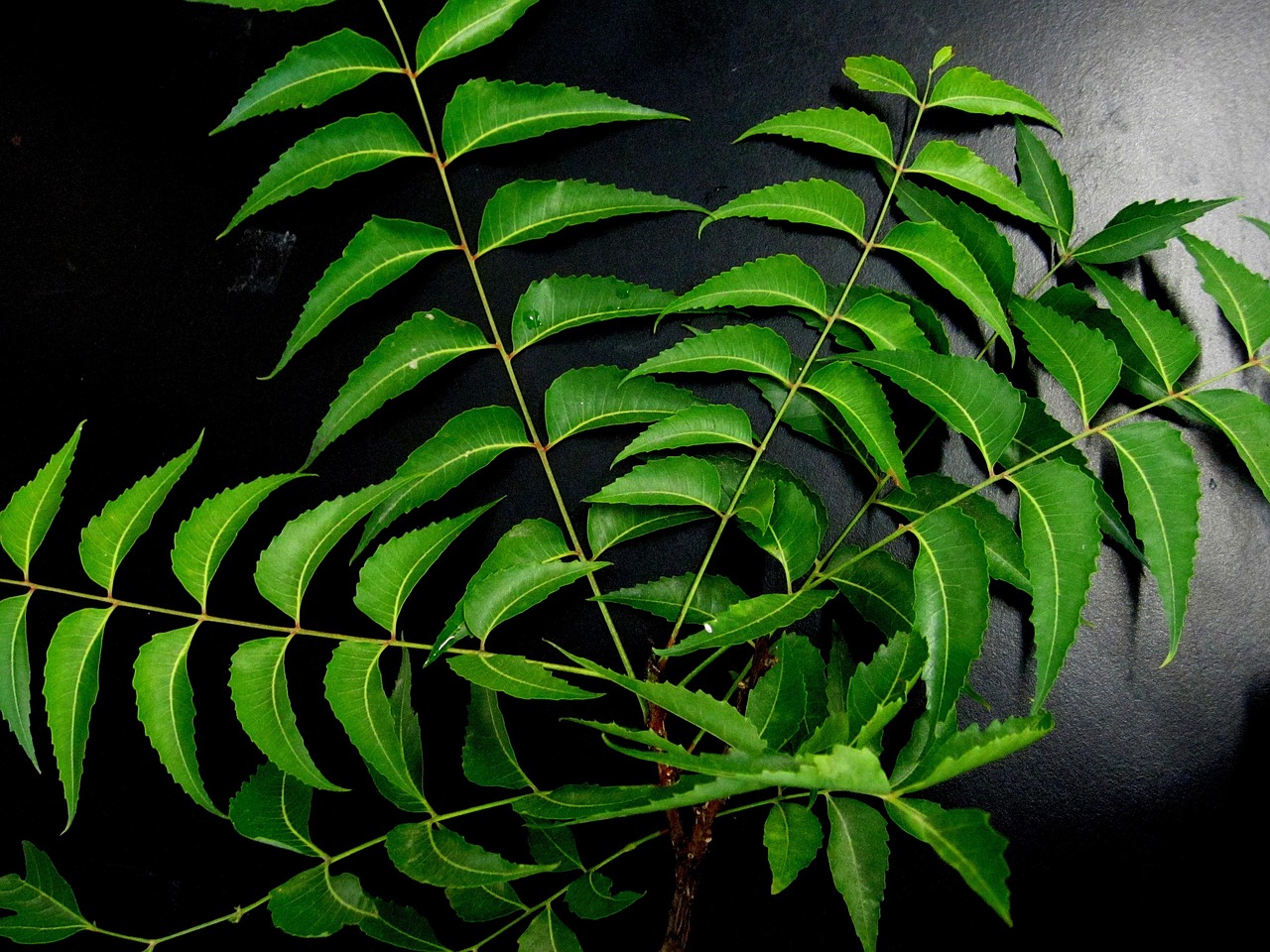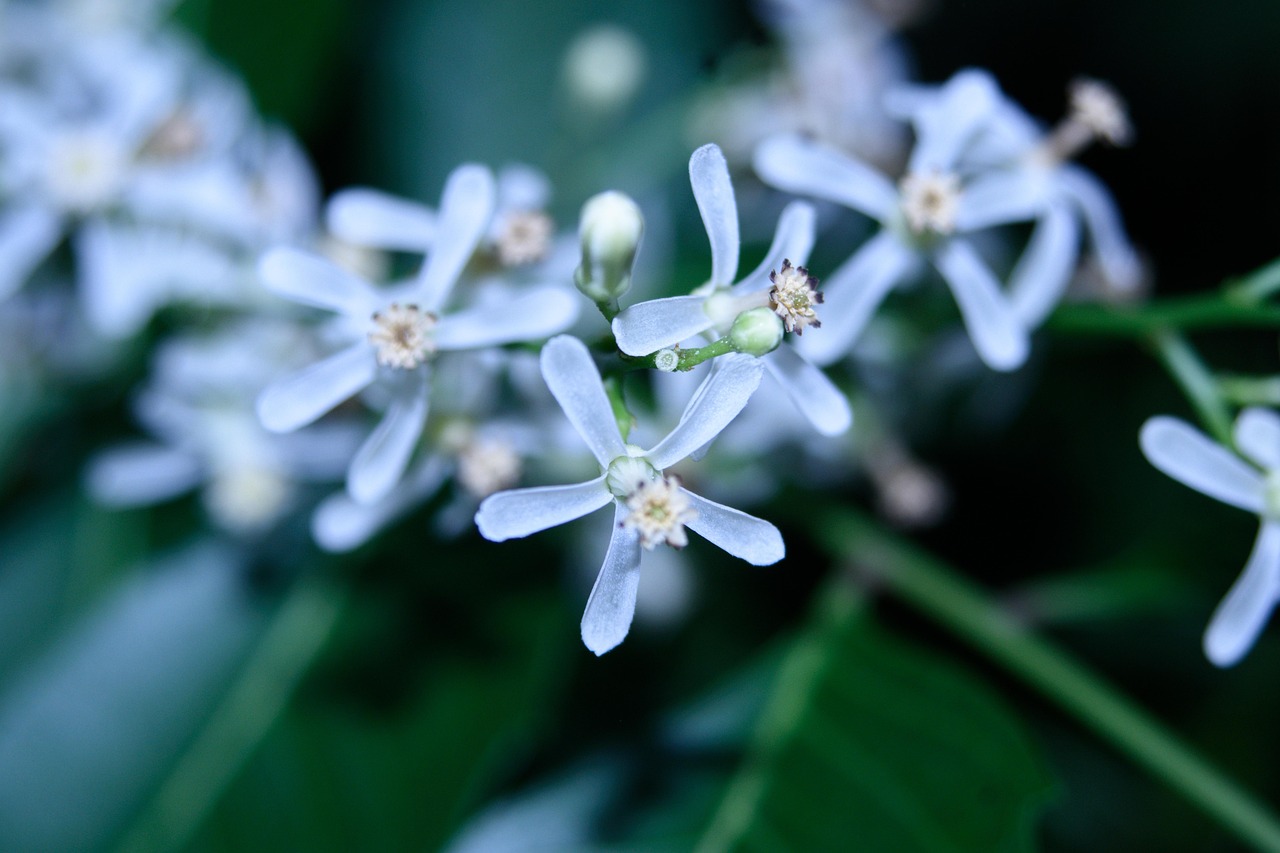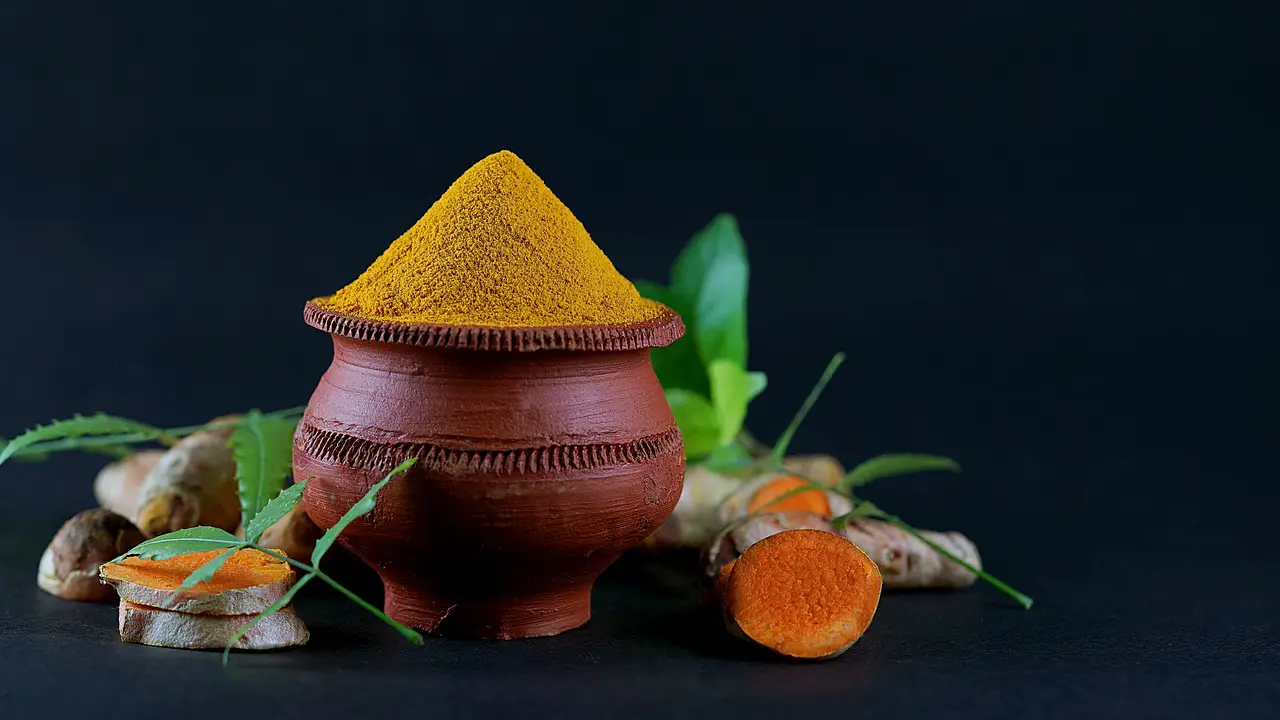The neem tree (Azadirachta indica) typically grows at a rate of 13 to 30 inches per year under optimal conditions. This fast growth makes it an excellent choice for natural pest control, providing shade and a habitat for beneficial insects.
Understanding the Neem Tree
The neem tree is renowned for its medicinal properties and its effectiveness in pest control. Native to the Indian subcontinent, it thrives in tropical and subtropical climates. The tree can reach a height of 40 to 80 feet, with a broad canopy that provides ample shade. Its leaves, bark, and seeds contain compounds that are highly effective against various pests, making it a valuable asset in sustainable agriculture.

The growth rate of the neem tree is influenced by several factors, including soil quality, climate, and care practices. In well-drained soils with ample sunlight, neem trees can flourish rapidly. They are drought-resistant and can adapt to a variety of soil types, but they prefer loamy or sandy soils rich in organic matter.
Key Characteristics of Neem Trees
Neem trees are not just fast-growing; they also offer several benefits that make them ideal for natural pest control and environmental sustainability. Here are some key characteristics:
- Hardiness: Neem trees can withstand harsh conditions and are resistant to many diseases.
- Natural Pesticide: The leaves and seeds contain azadirachtin, a compound that disrupts the growth and reproduction of pests.
- Biodegradable: Neem products are environmentally friendly and do not leave toxic residues.
- Shade Provider: The broad canopy provides shade for crops, helping to create a balanced ecosystem.
Factors Influencing Growth Rate
Several environmental and cultural factors can affect the growth rate of neem trees. Understanding these factors is essential for maximizing their growth potential and pest control capabilities.

| Factor | Influence on Growth Rate |
|---|---|
| Soil Type | Well-drained, loamy or sandy soils promote faster growth. |
| Water Availability | Regular watering during dry spells enhances growth; however, overwatering can be detrimental. |
| Sunlight | Full sun exposure (6-8 hours daily) is optimal for growth. |
| Pest Pressure | Low pest pressure allows the tree to allocate more energy toward growth. |
| Nutrient Availability | Nitrogen-rich fertilizers can enhance growth rates significantly. |
Cultivation Practices for Optimal Growth
To ensure optimal growth of neem trees, specific cultivation practices should be followed. These practices not only enhance growth rates but also improve the tree’s effectiveness in pest control.
- Planting Location: Choose a location with plenty of sunlight and good air circulation.
- Watering: Water young trees regularly, especially during dry periods, but avoid waterlogging.
- Mulching: Apply organic mulch to retain soil moisture and suppress weeds.
- Pruning: Regular pruning encourages a healthy structure and promotes better airflow.
- Pest Management: Monitor for pests and diseases regularly to take timely action.
By implementing these practices, gardeners and farmers can enjoy the many benefits of neem trees, including their rapid growth and ability to naturally control pest populations. The neem tree’s unique properties make it a vital component of sustainable agricultural practices around the world.
Benefits of Neem Trees for Pest Control
Neem trees offer numerous advantages when it comes to natural pest control. Their ability to repel pests and promote a healthy ecosystem makes them an invaluable resource for gardeners and farmers alike. Understanding these benefits can help in making informed decisions regarding pest management strategies.

Natural Insect Repellent
The primary benefit of neem trees is their natural insect-repelling properties. The compounds found in neem leaves and seeds, particularly azadirachtin, are effective against a wide range of pests. These include:
- Leafhoppers
- Whiteflies
- Aphids
- Spider mites
- Termites
When insects consume neem-treated foliage, they experience disrupted growth and development. This effectively reduces their populations without harming beneficial insects.
Impact on Beneficial Insects
One of the remarkable features of neem is its selective toxicity. While it targets harmful insects, it has minimal impact on beneficial species, such as:

- Lacewings: These insects are known for consuming aphids and other pests.
- Ladybugs: Ladybugs help keep pest populations in check by feeding on aphids and other soft-bodied insects.
- Bees: As pollinators, bees contribute to the health of gardens and crops.
This selective action makes neem a preferred choice for organic farming practices. Farmers can protect their crops while preserving the natural balance within their ecosystems.
Growing Neem Trees for Pest Control
If you’re considering using neem trees as a natural pest control method, growing your own is an excellent option. Here are some steps to ensure successful cultivation:
Propagation Methods
Neem trees can be propagated through seeds or cuttings. Each method has its own advantages:
- Seed Propagation:
- Collect mature seeds from healthy neem trees.
- Soak seeds in water for 24 hours to improve germination rates.
- Sow seeds in well-drained soil, covering them lightly.
- Cutting Propagation:
- Select healthy branches with a diameter of about 1 inch.
- Cut them into sections approximately 6-8 inches long.
- Plant the cuttings in moist soil, ensuring they receive indirect sunlight.
Soil Preparation
Proper soil preparation is crucial for the healthy growth of neem trees. Here are essential steps:
- Testing Soil: Conduct a soil test to determine pH and nutrient levels. Neem trees prefer slightly acidic to neutral soil (pH 6-7).
- Enriching Soil: Add organic matter such as compost or well-rotted manure to improve soil fertility and drainage.
- Tilling: Loosen the soil by tilling to a depth of at least 12 inches before planting.
Pest Control Applications
The use of neem in pest control can be applied in several ways, depending on your needs and preferences. Here are some effective applications:
Neem Oil Sprays
Neem oil is a popular method for applying neem’s beneficial properties. It can be used in the following ways:
- Mixing with Water: Dilute neem oil with water and a few drops of mild soap to create an effective spray.
- Timing: Apply during the early morning or late evening when beneficial insects are less active.
- Frequency: Spray every 7 to 14 days for optimal results, especially during peak pest seasons.
Neem Cake Fertilizer
After extracting oil from neem seeds, the leftover material is known as neem cake. This organic fertilizer provides numerous benefits:
- Nutrient-Rich: Neem cake adds essential nutrients to the soil, promoting plant health.
- Pest Deterrent: Its presence in the soil can help repel root-feeding nematodes and other soil pests.
Applying neem cake to your garden not only enriches the soil but also contributes to pest control efforts.
Common Pests Targeted by Neem Products
Neem products are particularly effective against a variety of pests that threaten gardens and crops. By understanding which pests are commonly affected, gardeners can better utilize neem for pest management. Below is a list of some of the most problematic pests controlled by neem:
- Aphids: Small sap-sucking insects that can quickly multiply and damage plants.
- Whiteflies: These pests feed on plant sap and can transmit diseases.
- Spider Mites: Microscopic pests that create webs and cause leaf discoloration.
- Mealybugs: Wax-covered insects that feed on plant juices, weakening the plant.
- Flea Beetles: Small beetles that create holes in leaves, affecting overall plant health.
Neem’s effectiveness against these pests lies in its ability to disrupt their life cycles. When consumed, neem products interfere with growth hormones, effectively stunting their development and reproduction.
Environmental Benefits of Neem Trees
The neem tree is not only beneficial for pest control but also has various environmental advantages. Incorporating neem trees into agricultural practices can lead to a more sustainable approach to farming. Here are some key environmental benefits:
Soil Health Improvement
Neem trees contribute to soil health through several mechanisms:
- Organic Matter Addition: The decay of neem leaves adds organic matter to the soil, improving its structure and nutrient content.
- Soil Microbial Activity: Neem supports beneficial microorganisms, enhancing soil fertility and health.
Air Quality Enhancement
Neem trees play a role in improving air quality. They absorb carbon dioxide and release oxygen, contributing to a healthier environment. Moreover, their large canopies help filter dust and pollutants from the air.
Cultural Significance of Neem
The neem tree holds cultural significance in various regions, particularly in India. It is often referred to as the “tree of life” due to its numerous benefits. Here are some cultural aspects associated with neem:
- Medicinal Uses: Neem has been used in traditional medicine for centuries. Its leaves, bark, and seeds have applications in treating various ailments.
- Symbol of Purity: In many cultures, neem is considered a symbol of purity and health.
- Cultural Rituals: Neem leaves are often used in religious ceremonies and festivals to symbolize protection and prosperity.
Challenges in Neem Cultivation
While growing neem trees is generally straightforward, several challenges may arise that can affect their growth rate and pest control effectiveness. Understanding these challenges can help in finding solutions.
Pest Infestations
Despite being a natural pesticide, neem trees can still be susceptible to certain pests, such as:
- Scale Insects: These can attack the trunk and leaves, weakening the tree.
- Leaf Spot Diseases: Fungal infections can lead to leaf drop and reduced vitality.
Regular monitoring and early intervention are crucial for maintaining healthy neem trees.
Climate Constraints
The neem tree thrives best in warm climates. However, extreme weather conditions such as drought or heavy rainfall can impact its growth. Strategies to mitigate these effects include:
- Irrigation Management: Implementing irrigation systems to provide adequate water during dry spells.
- Drought Tolerant Practices: Utilizing mulch and ground cover plants to retain soil moisture.
Harvesting Neem Products
Harvesting neem products requires careful timing and technique to ensure maximum potency. The following guidelines can help ensure quality harvests:
Harvesting Leaves
Neem leaves are best harvested during the early morning when moisture content is highest. Here’s how to do it effectively:
- Selecting Healthy Leaves: Choose young, green leaves as they contain higher concentrations of beneficial compounds.
- Avoiding Damage: Use sharp scissors or pruners to avoid damaging the tree during harvesting.
Collecting Seeds
The seeds of the neem tree are collected once they have fully matured and turned brown. This ensures the highest oil content. Follow these steps:
- Timing: Wait until the seed pods dry on the tree before harvesting.
- Drying Seeds: After collection, allow seeds to dry completely before storing them for future planting or oil extraction.
By understanding these aspects of neem cultivation and product harvesting, gardeners can effectively utilize this versatile tree for both pest control and environmental sustainability.
Additional Applications of Neem in Agriculture
Beyond its use for pest control, neem has several additional applications that can enhance agricultural practices. Farmers and gardeners can leverage these benefits to improve crop health and yield.
Soil Amendment
Neem cake, as previously mentioned, serves as an excellent organic fertilizer. However, it is not just a nutrient source; it also acts as a soil amendment. Here are some benefits:
- Improved Soil Structure: Neem cake enhances soil aeration and drainage, which are vital for healthy root development.
- Nutrient Release: It slowly releases nutrients over time, providing sustained nourishment to plants.
Companion Planting
Neem trees can be integrated into companion planting strategies. By planting neem alongside other crops, farmers can create a natural barrier against pests. Here are some compatible crops:
- Vegetables: Tomatoes and peppers benefit from neem’s pest-repelling properties.
- Fruits: Citrus trees often thrive when neem is planted nearby.
- Herbs: Basil and cilantro can be protected from pests when surrounded by neem.
This strategy can lead to healthier crops with reduced reliance on synthetic pesticides.
Pest Resistance and Crop Yield
The implementation of neem products in pest management not only helps control pests but also contributes to improved crop yield. Studies have shown significant benefits in terms of both quantity and quality of produce.
Enhanced Pest Resistance
Plants that are treated with neem products often develop enhanced resistance to pests. This is attributed to:
- Stress Tolerance: Neem-treated plants exhibit increased resilience against environmental stressors, making them less appealing to pests.
- Increased Secondary Metabolites: Exposure to neem can boost the production of secondary metabolites in plants, which serve as natural defense mechanisms.
Improved Crop Yield
Incorporating neem into agricultural practices can lead to higher yields. Farmers report:
- Greater Fruit Size: Crops treated with neem products often produce larger and healthier fruits.
- Higher Nutritional Value: Neem’s impact on plant health translates into more nutritious produce, benefiting consumers.
Sustainable Practices with Neem
Sustainable agriculture is essential for ensuring food security and environmental health. The use of neem aligns perfectly with sustainable practices due to its eco-friendly nature.
- Reduced Chemical Use: By utilizing neem as a natural pesticide and fertilizer, farmers can significantly decrease their reliance on harmful chemical inputs.
- Biodiversity Promotion: Planting neem trees contributes to increased biodiversity on farms, encouraging a healthy ecosystem that supports various beneficial organisms.
- Long-Term Soil Health: The organic matter contributed by neem trees supports long-term soil fertility and structure.
Final Thoughts
The neem tree is a remarkable asset in the realm of agriculture, offering a multitude of benefits that extend far beyond pest control. Its rapid growth rate, combined with its natural pest-repelling properties, makes it an ideal choice for sustainable farming practices. By understanding how to grow and utilize neem effectively, gardeners and farmers can not only enhance their crop yields but also contribute positively to the environment.
The various applications of neem—from natural pest control to soil amendment—highlight its versatility and importance in modern agriculture. As we continue to seek sustainable solutions for farming, integrating neem into our practices may pave the way for healthier crops and ecosystems alike.
Ultimately, embracing the neem tree’s potential is a step toward fostering a more sustainable future in agriculture. Its numerous properties make it a valuable ally in the ongoing quest for effective and environmentally friendly farming solutions.
